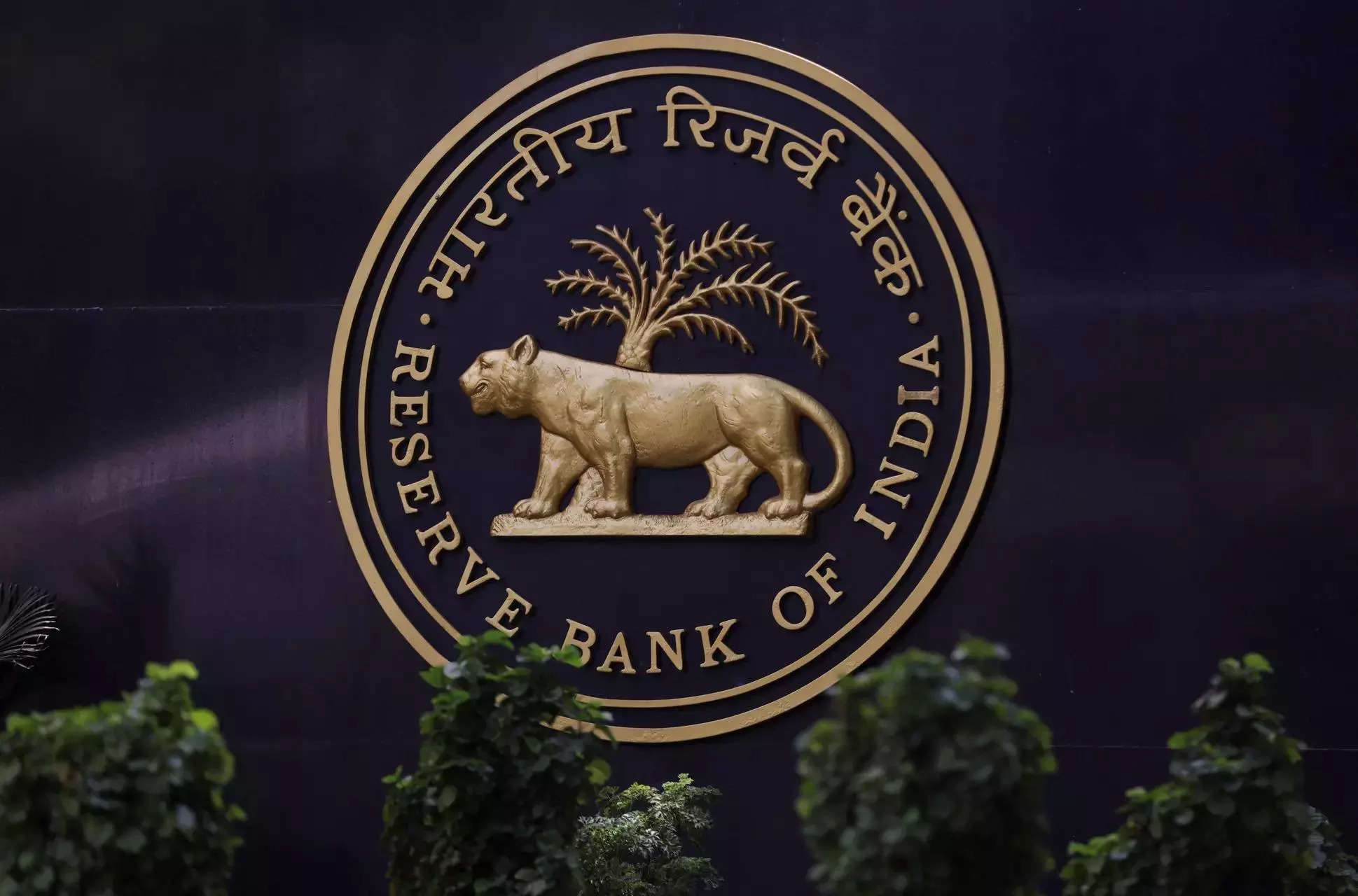MUMBAI: The digital decade has triggered a major shift in jobs in the financial sector. With most clerical work being automated, middle and lower-end jobs are disappearing.
The ratio of officers to support staff has changed from 50:50 in FY11 to 74:26 in FY23 (see graphic), indicating lower opportunities for middle-tier jobs. AI is seen to be upending more jobs in the sector.
RBI governor Shaktikanta Das said that the increased usage of digital channels will create HR challenges in financial services, requiring lenders to invest in upskilling and reskilling staff.
The governor’s observation comes in a foreword to the central bank’s Report on Currency and Finance, which focuses on digitalisation. “Digitalisation is decentralising financial labour through outsourcing and telework. Automation replacing labour can potentially widen the gap between capital and labour returns, creating a fragmented labour market with low-skill/low-pay and high-skill/high-pay jobs, while middle-tier jobs are displaced by technology,” the report said.
The report notes that globally, between 2013 and 2019, employees in support roles in the financial sector decreased in many countries while the number of professionals and technicians rose. “This is evident in the Indian banking sector as well,” the report said.
The report flags the high turnover of over 30% in private banks in FY23, where hiring was made over digital platforms. “The rising importance of AI-related skills in the labour market in India is reflected in the growth in AI talent recruitment relative to overall recruitment in 2023 (16.8%) and the highest relative AI skill penetration rate,” the report said.
Even when it comes to upskilling, RBI notes several challenges. Pre-existing traditional learning & development methods are inadequate for the current transformation, requiring significant investments to build up the required skills. In 2023, after top private banks reported that nearly third of their staff had to be replaced after quitting, the central bank had expressed concern over the churn level. At that time, banks had clarified that the churn was in the frontline field staff.
According to RBI, India is at the forefront of the digital revolution and the Indian digital economy is poised to constitute a fifth of the GDP by 2026 from 10% currently. Das in his foreword said that digitalisation is paving the way for next-gen banking and improving access to financial services at affordable costs.
RBI also noted that the cost of a data breach in India has risen 28% to $2 million between FY20 and FY23. Within cyber risks phishing attacks are the most common, with a 22% share, followed by 16% for stolen or compromised credentials, it said.
The ratio of officers to support staff has changed from 50:50 in FY11 to 74:26 in FY23 (see graphic), indicating lower opportunities for middle-tier jobs. AI is seen to be upending more jobs in the sector.
RBI governor Shaktikanta Das said that the increased usage of digital channels will create HR challenges in financial services, requiring lenders to invest in upskilling and reskilling staff.
The governor’s observation comes in a foreword to the central bank’s Report on Currency and Finance, which focuses on digitalisation. “Digitalisation is decentralising financial labour through outsourcing and telework. Automation replacing labour can potentially widen the gap between capital and labour returns, creating a fragmented labour market with low-skill/low-pay and high-skill/high-pay jobs, while middle-tier jobs are displaced by technology,” the report said.
The report notes that globally, between 2013 and 2019, employees in support roles in the financial sector decreased in many countries while the number of professionals and technicians rose. “This is evident in the Indian banking sector as well,” the report said.
The report flags the high turnover of over 30% in private banks in FY23, where hiring was made over digital platforms. “The rising importance of AI-related skills in the labour market in India is reflected in the growth in AI talent recruitment relative to overall recruitment in 2023 (16.8%) and the highest relative AI skill penetration rate,” the report said.
Even when it comes to upskilling, RBI notes several challenges. Pre-existing traditional learning & development methods are inadequate for the current transformation, requiring significant investments to build up the required skills. In 2023, after top private banks reported that nearly third of their staff had to be replaced after quitting, the central bank had expressed concern over the churn level. At that time, banks had clarified that the churn was in the frontline field staff.
According to RBI, India is at the forefront of the digital revolution and the Indian digital economy is poised to constitute a fifth of the GDP by 2026 from 10% currently. Das in his foreword said that digitalisation is paving the way for next-gen banking and improving access to financial services at affordable costs.
RBI also noted that the cost of a data breach in India has risen 28% to $2 million between FY20 and FY23. Within cyber risks phishing attacks are the most common, with a 22% share, followed by 16% for stolen or compromised credentials, it said.
